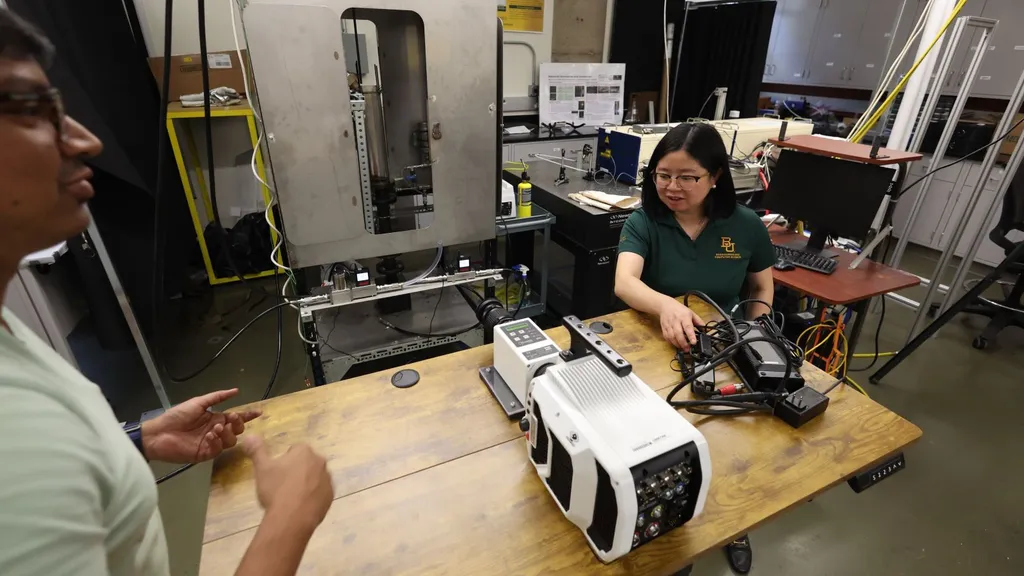In the quest for cleaner energy solutions, researchers are continually exploring innovative ways to integrate carbon capture technologies into existing processes. A recent study published in the journal *Chemical Studies from Babeș-Bolyai University* sheds light on the potential of various water-gas-shift (WGS) process configurations to enhance energy efficiency and carbon capture in partial oxidation processes. Led by Vlad-Cristian Sandu from the Faculty of Chemistry and Chemical Engineering at Babeș-Bolyai University in Cluj-Napoca, Romania, the research evaluates both conventional and cutting-edge approaches to syngas conversion and CO2 capture.
Partial oxidation processes, such as hydrocarbon catalytic reforming and solid fuel gasification, are gaining traction for their ability to produce syngas—a mixture of hydrogen and carbon monoxide—with a high partial pressure of CO2. The WGS reaction plays a crucial role in these processes by converting carbon monoxide and water into hydrogen and CO2, thereby concentrating the energy content of the syngas as hydrogen and facilitating carbon capture.
Sandu and his team assessed a range of WGS process configurations, from traditional multiple catalytic shift reactors to more innovative reactive gas-solid systems like chemical looping and calcium looping. These reactive systems aim to simultaneously convert syngas and capture CO2, potentially reducing the energy penalty associated with carbon capture and increasing overall energy efficiency.
“The reactive gas-solid systems show great promise in minimizing the energy penalty for CO2 capture,” Sandu explained. “This not only enhances the overall energy efficiency of the process but also significantly improves the carbon capture rate.”
The study highlights the potential commercial impacts for the energy sector. By optimizing WGS process configurations, energy companies could achieve more efficient and cost-effective carbon capture, making partial oxidation processes more viable for large-scale implementation. This could be particularly beneficial for industries reliant on fossil fuels, such as power generation and hydrogen production, where reducing carbon emissions is a critical challenge.
As the world moves towards a lower-carbon future, the insights from this research could shape the development of next-generation energy conversion technologies. By integrating innovative WGS process configurations, the energy sector can strive for greater efficiency and sustainability, ultimately contributing to global efforts to mitigate climate change.
The study, published in *Chemical Studies from Babeș-Bolyai University*, offers a comprehensive evaluation of various WGS process configurations, providing valuable insights for researchers and industry professionals alike. As the energy sector continues to evolve, the findings from this research could pave the way for more efficient and environmentally friendly energy conversion processes.

